If you want to learn how to write report as a beginner in Malaysia, start with a step-by-step guide. You can break the process down into simple actions that anyone can follow:
- Define your purpose and choose your topic.
- Collect and analyze data using methods like surveys or interviews.
- Organize your report with clear sections, such as introduction, findings, and conclusion.
- Use headings and visuals to make information easy to understand.
- Edit your report for accuracy and clarity.
A step-by-step guide helps you create a report that is clear, logical, and accurate. Practice improves your skills over time. Focus on using simple language and practical steps. When you follow this approach, you will find how to write report easier and more effective.
How to Write Report in Malaysia: The Basics
What Is a Report?
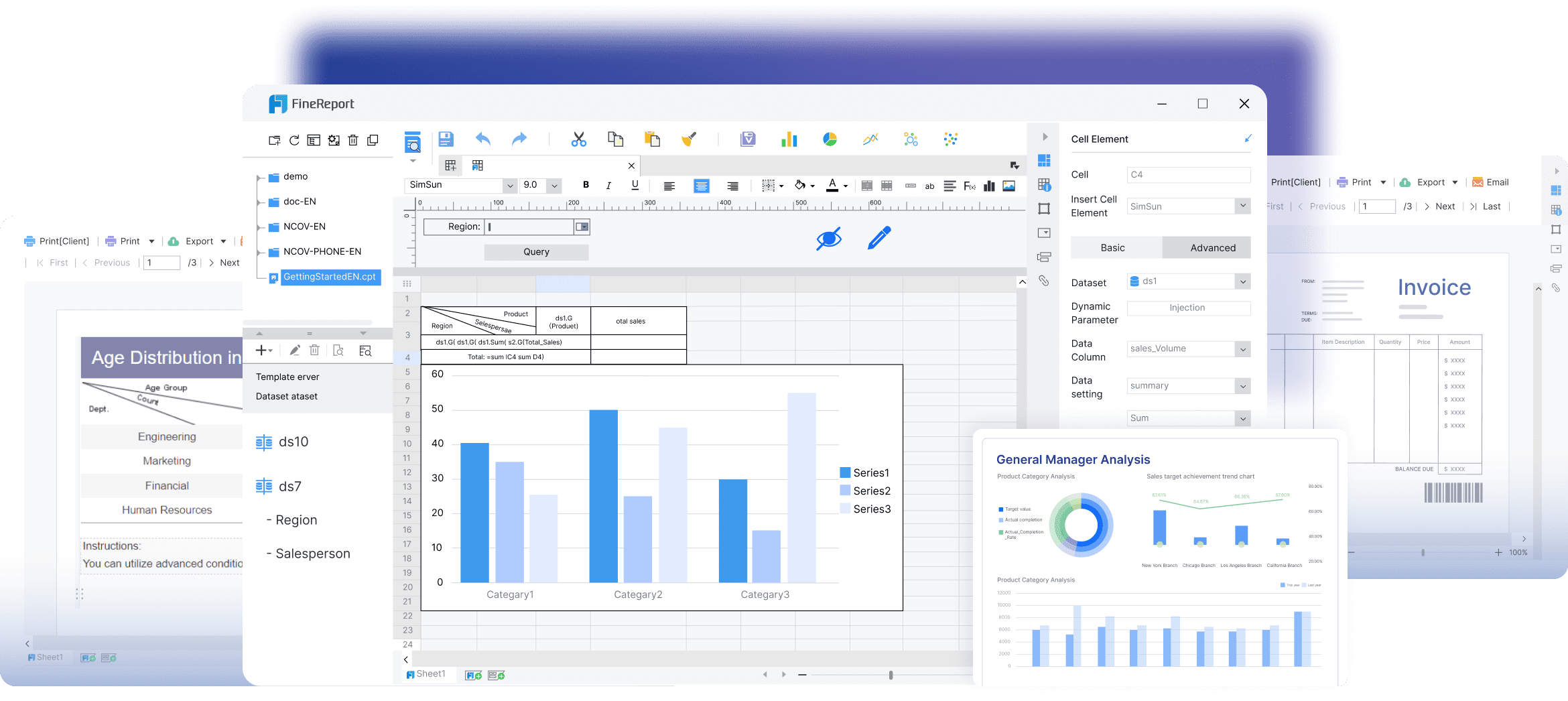
When you start learning about report writing, you need to understand what a report is. A report is a structured document that presents information clearly and objectively. You use it to communicate findings, analyze data, and offer recommendations. The main purpose of a report is to help readers make informed decisions based on facts and evidence.
To create an effective report, you should follow a logical process. Here are some steps you can use to define the report’s purpose and ensure your work is accurate:
- Set clear research questions and objectives before you collect data.
- Test your data collection tools with a small group to fix any issues.
- Train everyone involved in data collection to keep results consistent.
- Monitor the process to make sure you gather and record data correctly.
- Use the right statistical methods to analyze your data.
These steps help you produce reliable and actionable reports. You will find that quantitative data supports decision-making in many fields in Malaysia, such as business, healthcare, and education. Choosing the right report formats and following a strong report structure and format will make your work more effective in Malaysia.
Purpose and Audience
Every report has a specific purpose. You might write to inform, persuade, or analyze a situation. Before you begin, always define the report’s purpose. This step guides your research and shapes your content in Malaysia.
You also need to know your audience in Malaysia. Tailoring your report to your readers increases engagement and makes your message clear. Research shows that writing with a specific audience in Malaysia in mind leads to lower bounce rates and longer reading times. For example:
| Statistic Description | Value / Impact |
|---|---|
| Engagement increase from interactive content | 52.6% more engagement |
| Average time on interactive vs. static content | 13 minutes vs. 8.5 minutes |
When you understand your audience in Malaysia, you can choose the best report formats and structure for their needs. Segmenting your readers by age, interests, or job roles helps you deliver relevant information. Studies show that 72% of people engage only with content that matches their interests. This approach builds trust and encourages repeat visits.
FanRuan leads the way in data-driven reporting solutions. With tools like FineReport, you can create reports that match any format and audience in Malaysia. These solutions help you organize information, visualize data, and share insights quickly.
Tip: Always match your report structure and format to your audience in Malaysia and purpose for the best results.
How to Write Report: Structure of a Report
Main Sections
When you write a report, you need to follow a clear structure. The structure of a report helps you organize your ideas and present information logically. Most report formats share the same main sections. Here is a typical structure of a report:
- Title Page
The title page includes the report title, your name, the date, and sometimes the name of your organization. A clear title helps readers understand the topic right away. - Executive Summary
This section gives a brief overview of the main points. You summarize the purpose, findings, and recommendations. Readers can quickly grasp the report’s message. - Table of Contents
The table of contents lists all the sections and page numbers. It helps readers find information fast. - Introduction
The introduction explains the background, objectives, and scope. You set the stage for the rest of the report. - Body
The body contains the main content. You present your data, analysis, and discussion here. Use headings and visuals to make the information easy to follow. - Conclusion
In the conclusion, you summarize the key findings. You restate the main points without adding new information. - Recommendations
This section offers practical suggestions based on your findings. You guide the reader on what actions to take next. - References
List all the sources you used. Proper references add credibility to your work. - Appendices
Add extra materials, such as charts or raw data, in the appendices. These elements of a report support your main content without crowding the body.
Tip: Always check the required report structure and format before you start writing. Different report formats may need extra sections or a different order.
How to Write Report: FineReport for Report Organization
FineReport makes it easy to organize and format every section of your report. You can use its drag-and-drop interface to build each part, from the title page to the appendices, in just a few minutes. FineReport supports merging data from multiple sources, so you can create a comprehensive report without switching tools. The platform offers over 50 chart styles, which help you present data in a clear and engaging format.
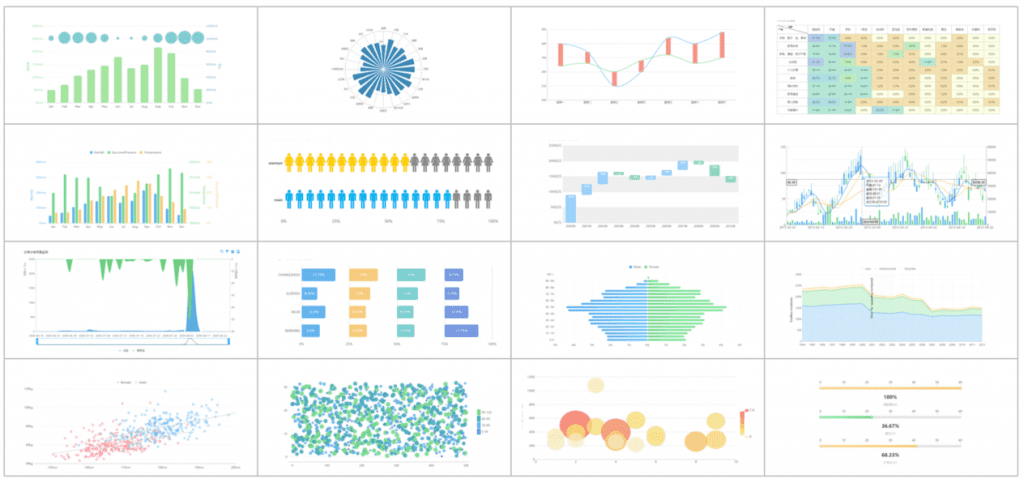
You can also use FineReport’s data entry features to collect and validate information directly in your report. The software works with all major databases and open APIs, making it simple to customize your report structure. With these tools, you can follow any example report structure and produce professional results. FineReport’s templates and real-time dashboards help you maintain a consistent format and structure across all your reports.
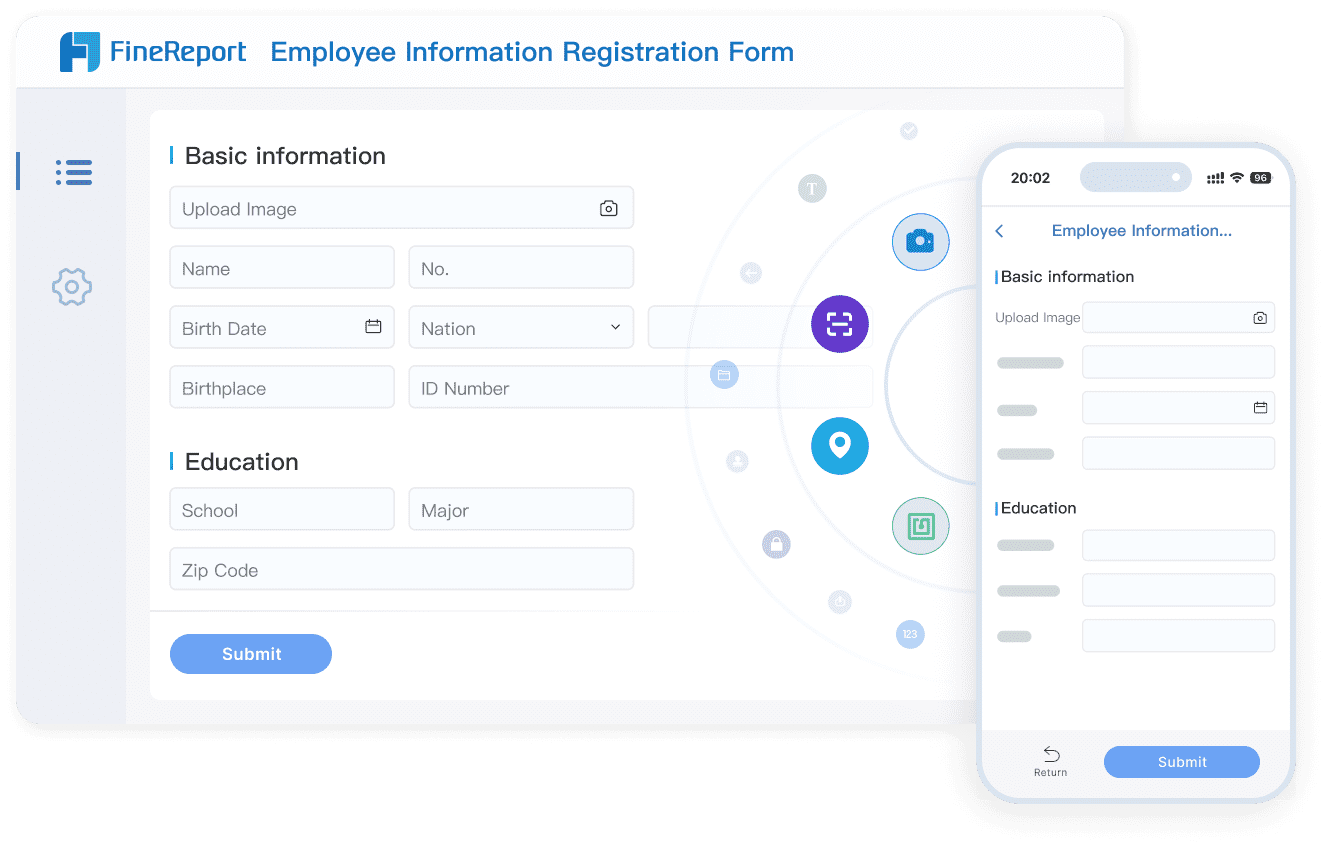
When you use FineReport, you streamline the process of building, formatting, and sharing reports. You save time and ensure that every element of a report is well-organized and easy to read. To learn more about the FineReport features, you can click on the button below to go to the product guide.
How to Write Report: Steps for Writing a Report
Writing a high-quality report starts with a clear process. You can break down the steps for writing a report into three main phases: planning and research, outlining and drafting, and revising and editing. Following a step-by-step guide helps you stay organized and produce better results.
How to Write Report: Plan and Research
Begin by understanding the assignment or task. Clarify the purpose of your report and identify your audience in Malaysia. This step sets the direction for your work. Many beginners in Malaysia struggle at this stage, often facing challenges such as defining objectives, managing time, and understanding research limitations. You can avoid these pitfalls by taking a systematic approach.
- Define your research questions and objectives.
- Review existing literature to identify gaps and gather background information.
- Choose reliable data sources and decide on your data collection methods.
- Consult with experienced colleagues or mentors to strengthen your plan.
- Use checklists, like the PREPARE checklist, to ensure you cover all important factors.
Planning is not just about collecting information. It involves making informed decisions about your research design, data collection, and analysis methods. Careful planning reduces errors and improves the quality of your report.
Comprehensive planning and research are essential for producing high-quality reports:
- About 25% of research articles lack proper statistical analysis, showing the need for foundational knowledge.
- Early collaboration with experts and using the right resources leads to stronger analysis plans.
- Better planning, not just better reporting, improves research quality.
FineReport can support you during this phase. You can use its data integration features to collect and organize information from multiple sources. The drag-and-drop interface allows you to build data entry forms for surveys or interviews, making researching the report more efficient.
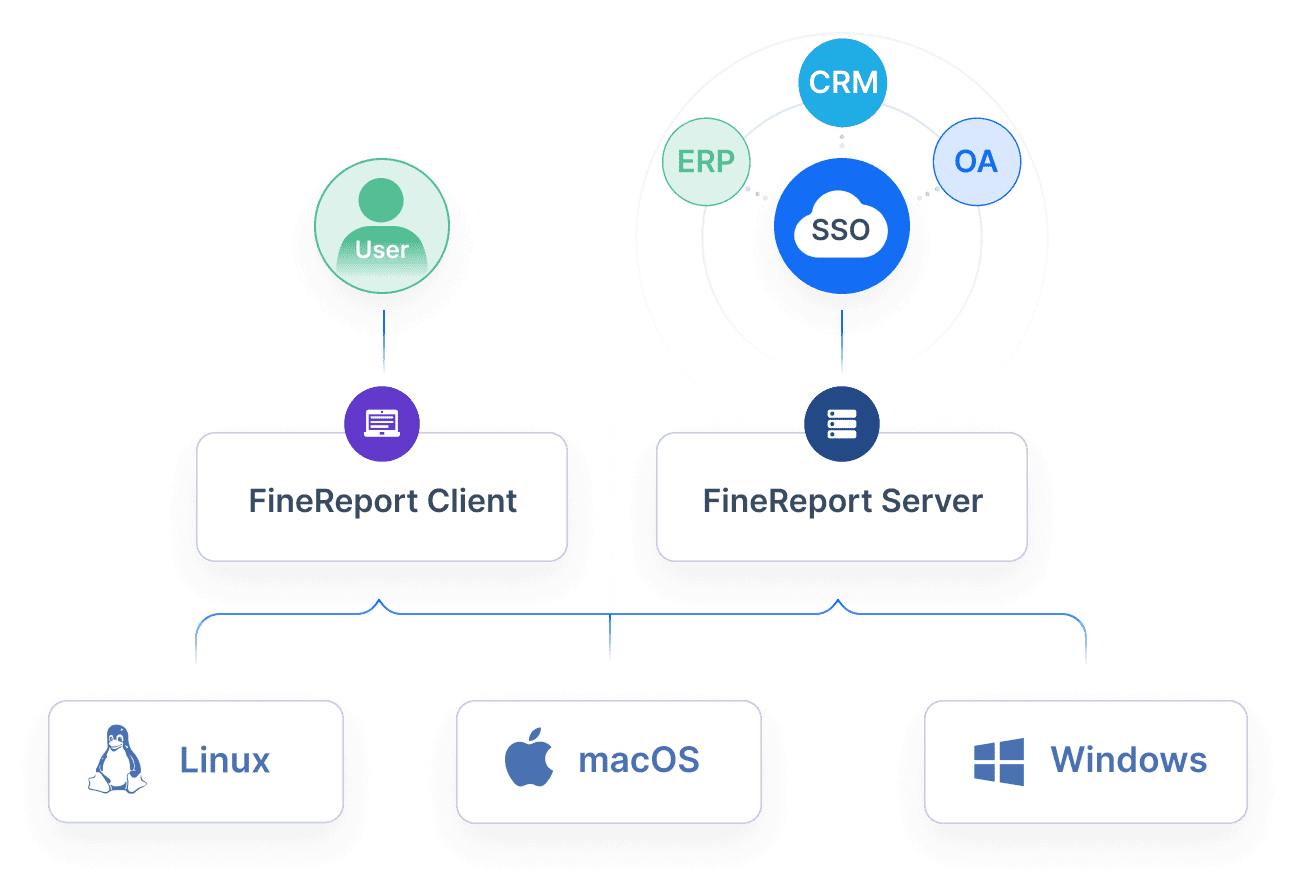
How to Write Report: Outline and Draft
Once you have gathered your information, create a detailed outline. Outlining helps you break down complex ideas into manageable sections. This step improves the logical flow and clarity of your report.
- Start by listing the main sections: introduction, body, conclusion, and recommendations.
- Add subpoints under each section to organize your arguments and evidence.
- Use visual tools like mind maps or FineReport’s dashboard templates to structure your ideas.
- Refine your outline by checking for logical progression and coherence.
Creating a strong outline before writing the first draft makes your report clearer and easier to follow. Studies show that detailed outlines help writers clarify their arguments and avoid vagueness. Outlines also prevent writer’s block and make it easier to spot weak points during revision.
When you start writing the first draft, focus on getting your ideas down without worrying about perfection. Use your outline as a guide. FineReport’s templates and drag-and-drop design make it easy to structure your content and add visuals, such as charts and tables, to support your findings. Consistent structure and templates save time and help readers find information quickly.
Empirical studies show that following a structured approach—describing data sources, analyzing data, justifying methods, and presenting results—leads to clearer, more rigorous reports. Beginners in Malaysia who use these steps for writing a report increase their success rate and produce higher-quality work.
How to Write Report: Revise and Edit
After completing your draft, move on to revising your report. This phase is crucial for improving clarity, accuracy, and overall quality.
- Read your report aloud to catch awkward phrasing or unclear sections.
- Check for logical flow and ensure each section supports your main purpose in Malaysia.
- Use tools like FineReport’s preview and export features to review your report in different formats.
- Seek feedback from peers or mentors to identify areas for improvement.
- Edit for grammar, spelling, and formatting errors.
Modern revision techniques, such as using digital corpora, help you correct word choice and phrasing errors. Data shows that learners who use these methods correct over 90% of word form errors and improve their understanding of language use. Training and practice with these tools further enhance your editing skills.
Revising your report is not just about fixing mistakes. It is about refining your arguments, improving clarity, and ensuring your report meets its objectives. Using structured outlines and templates, like those in FineReport, makes revising your report more efficient and effective in Malaysia.
Tips for effective report writing: Always plan your research, create a detailed outline, and revise your work thoroughly. Use templates and digital tools to streamline each step.
By following these steps for writing a report, you can produce clear, logical, and impactful documents. FineReport’s features support you at every stage, from researching the report to writing the first draft and revising your report. With practice and the right tools, you will master how to write report and deliver professional results in Malaysia.
How to Write Report with FineReport
FineReport makes it easy for you to write a report, even if you are just starting out. You can use built-in templates and automation features to create an effective report quickly. FineReport guides you through each step, so you do not have to worry about missing important details.
How to Write Report: Using Templates
Templates help you organize your information and ensure your report looks professional. FineReport offers a variety of templates for different needs in Malaysia.
Sales Dashboard Template for Effective Report Creation
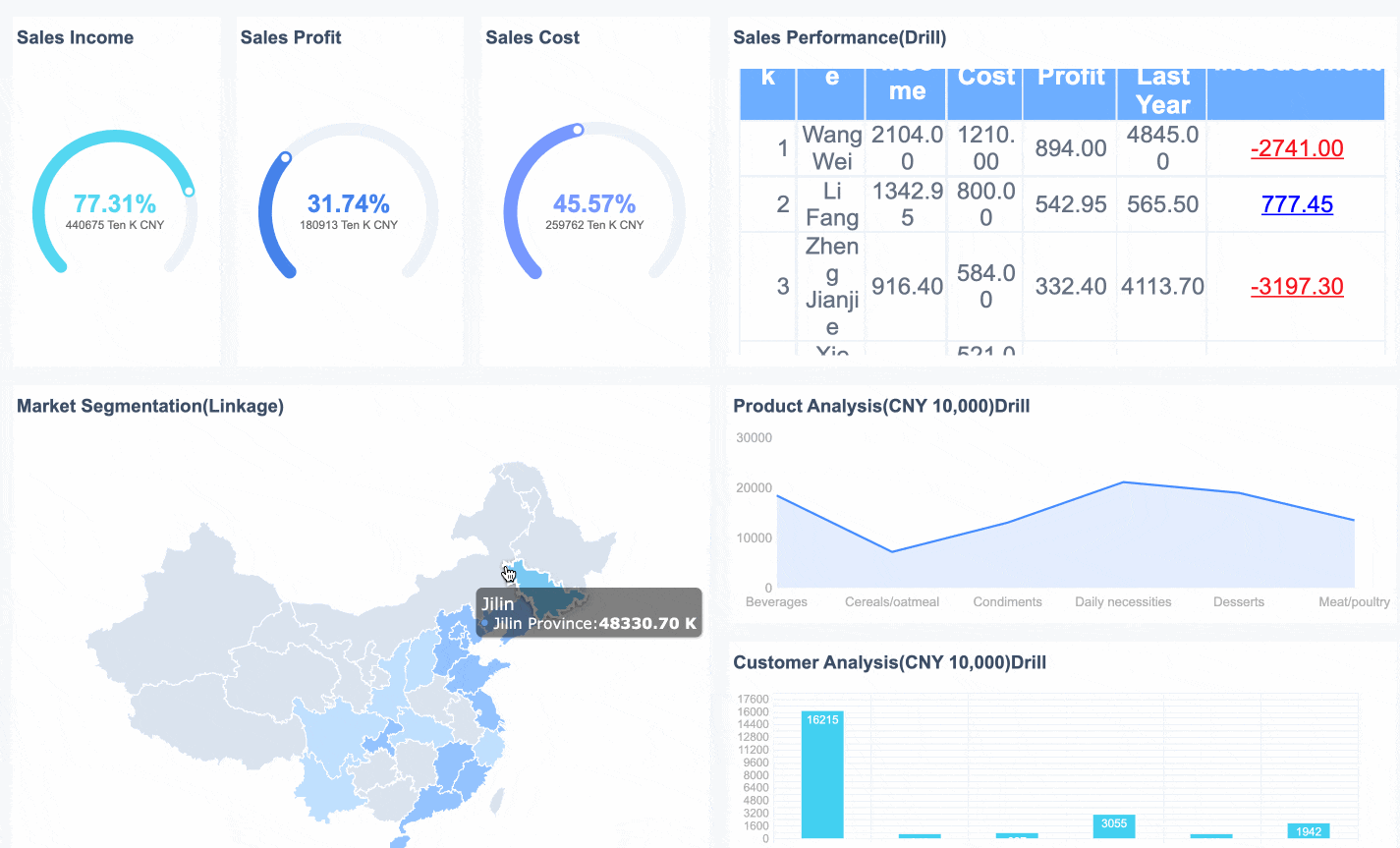
You can use the Sales Dashboard Template to write a report that tracks sales performance. This template lets you display sales trends, compare targets, and highlight top products. You get real-time data integration, so your report always shows the latest numbers. This approach helps you create an effective report that supports fast business decisions.
Financial Dashboard Template for Comprehensive Business Reporting
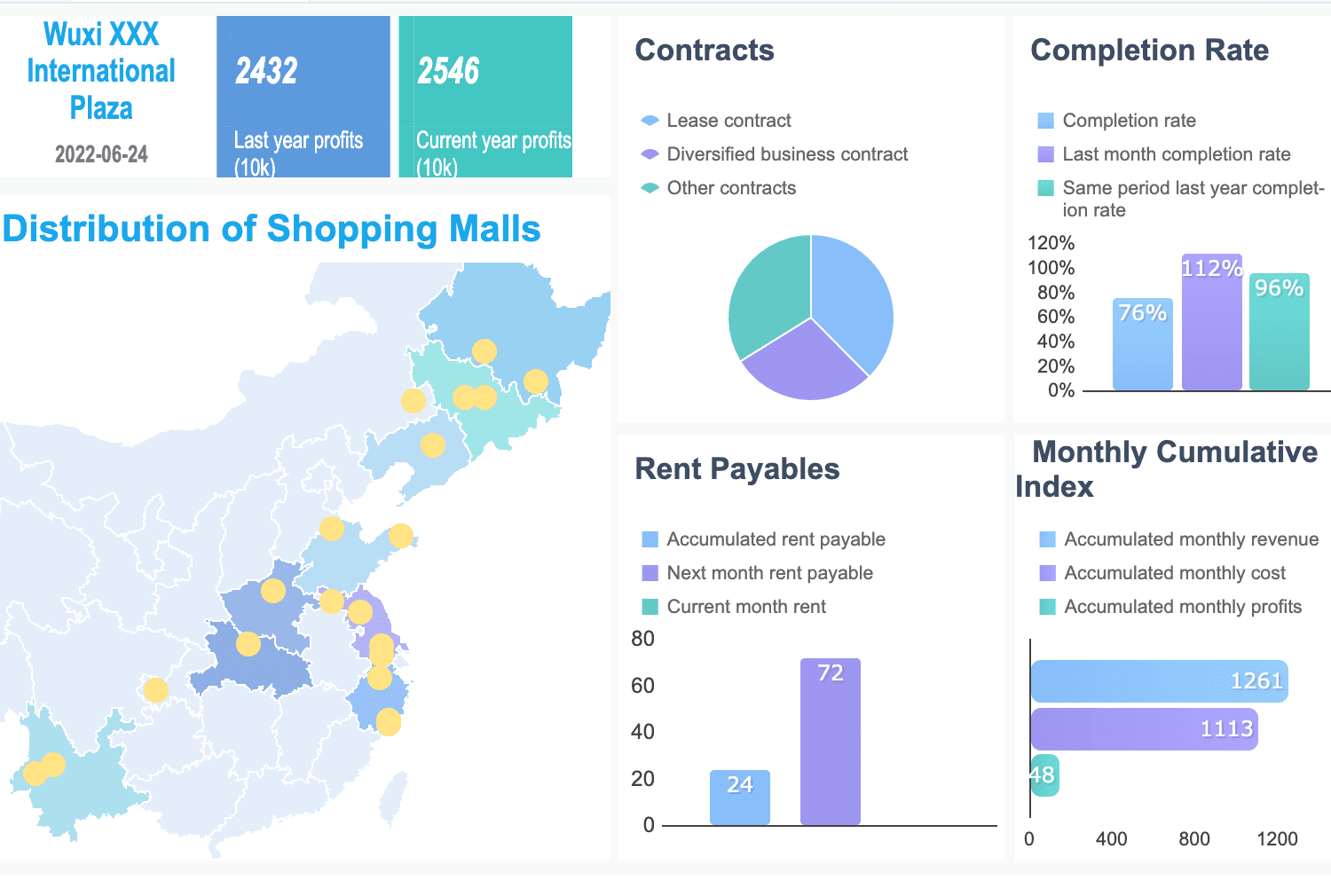
The Financial Dashboard Template helps you write a report that covers all key financial metrics. You can monitor revenue, expenses, and profit margins in one place. The template uses clear charts and tables, making your effective report easy to understand. You can share your report with managers or stakeholders in Malaysia in just a few clicks.
How to Write Report: Automating Reports
FineReport automates many steps when you write a report. You can schedule reports to run automatically, saving time and reducing manual errors. Automation with FineReport and FineDataLink improves operational efficiency by up to 20% and increases decision-making speed by 64%. You spend less time collecting and checking data, and more time analyzing results. FineReport’s dashboards give you real-time insights into sales growth, customer satisfaction, and financial health. You can access your report on any device, including your phone or tablet in Malaysia.
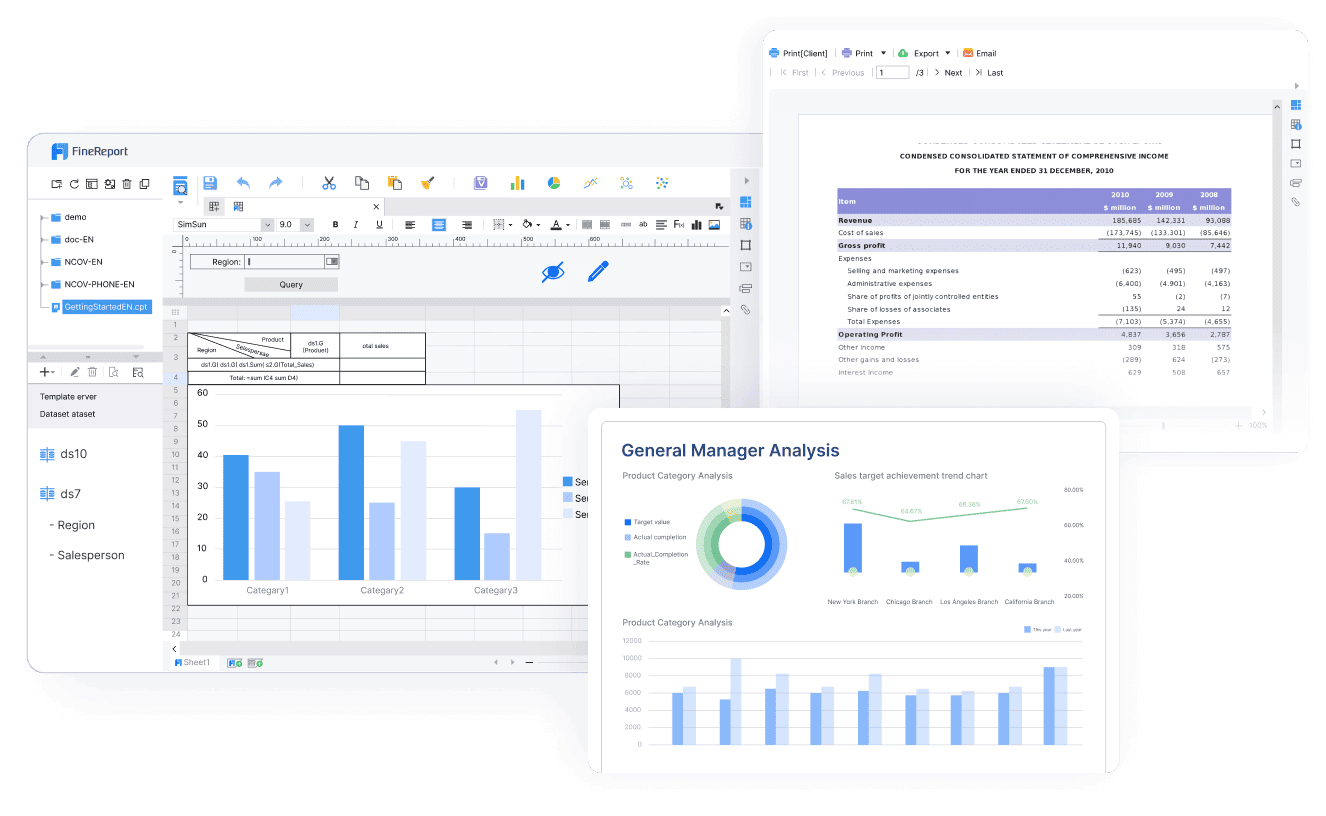
Tip: Automating your reports lets you focus on business analysis instead of manual tasks.
FanRuan provides strong support and resources for new users. You can find tutorials, guides, and a helpful community to answer your questions. With FineReport, you can write a report that is accurate, timely, and effective every time.
You can master report writing by following a clear process. Start by defining your purpose and audience in Malaysia, then plan, draft, and revise your report. Practice and feedback help you improve over time. When you use FineReport, you streamline each step and create professional results. To measure your progress, focus on these metrics:
- Use available and relevant data.
- Tailor your report to your audience in Malaysia.
- Ensure each metric is actionable and comparable.
- Show clear value and trends.
Consistent practice and the right tools make every report more effective.
Click the banner below to try FineReport for free and empower your enterprise to transform data into productivity!
Continue Reading About Report Writing
FAQ

The Author
Lewis
Senior Data Analyst at FanRuan
Related Articles

What is integrated reporting and why is it important
Integrated reporting combines financial and non-financial data, offering a full view of value creation, transparency, and stakeholder trust.
Lewis
Dec 12, 2025

What Is a Weekly Sales Report and Why Does It Matter
A weekly sales report tracks sales data, highlights trends, and guides decisions. See key components and benefits of weekly sales reports for your team.
Lewis
Dec 11, 2025
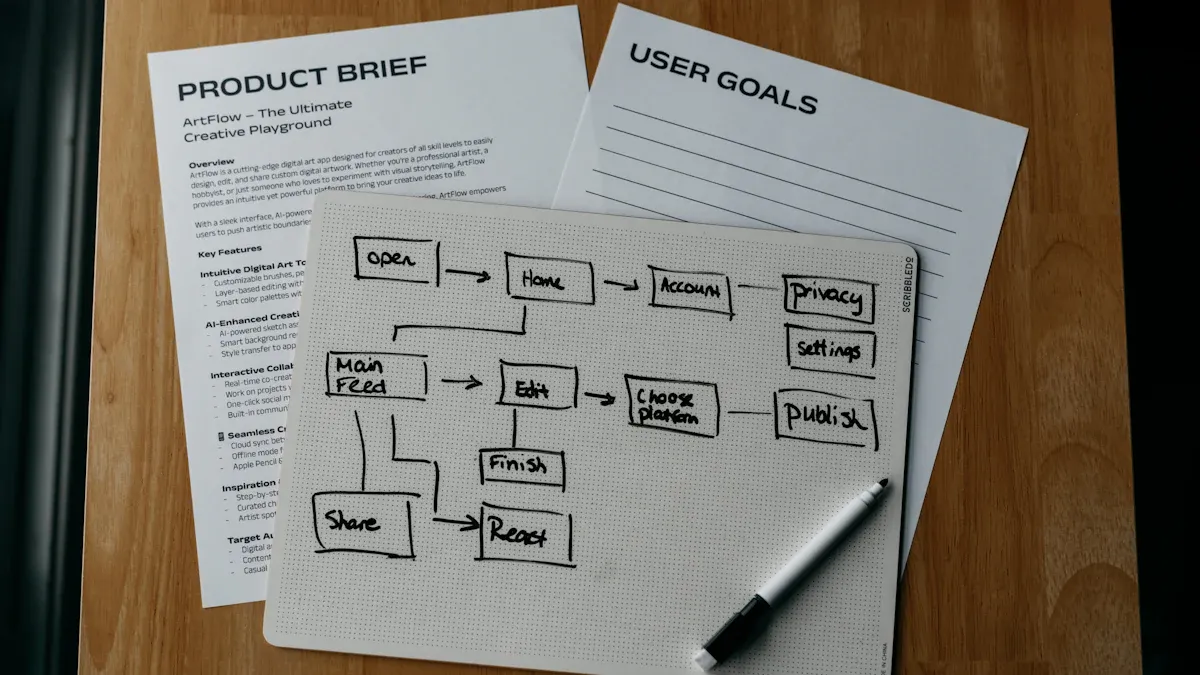
Top 9 Best Reporting Tools for ASP.NET Developers
Compare the top 9 best reporting tool for asp net projects in 2026. Find features, integration, and export options for ASP.NET and ASP.NET Core apps.
Lewis
Dec 10, 2025




